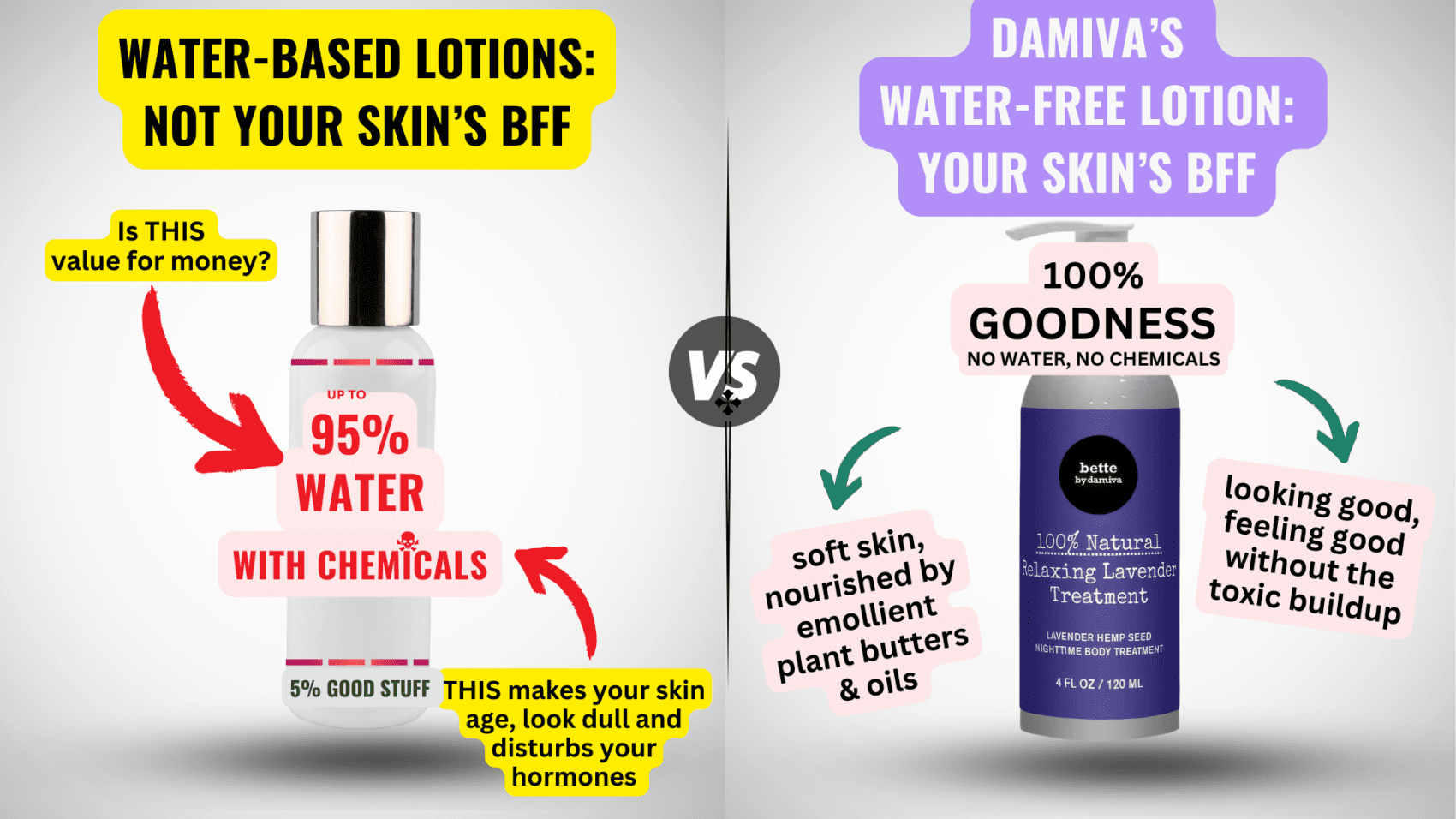Unfair Treatment in the Workplace
Unfair treatment in the workplace manifests in various forms, from subtle exclusions to overt harassment. It occurs when an employee is treated differently from their peers for reasons unrelated to job performance, often based on personal characteristics such as age, race, gender, or disability. This treatment can lead to feelings of distress, shame, and fear, significantly impacting an individual’s morale and productivity. While not all unfair treatment is illegal, discrimination against protected characteristics is prohibited by law. It is essential to distinguish between general unfairness, which may include bullying or preferential treatment, and unlawful discrimination, which specifically targets protected categories and is subject to legal action.
The Impact of Unfair Treatment on Employees
The consequences of unfair treatment extend beyond the immediate emotional toll on the affected employees. Academic studies have demonstrated that such treatment can drain energy and motivation, leading to decreased performance and potentially harming the business’s results. In severe cases, employees may resort to taking sick leave or even feigning illness to avoid a toxic work environment. The ripple effect of unfair treatment can also erode workplace morale, tarnish the company’s reputation, and expose the organization to legal risks if the treatment escalates to discrimination.
Legal Framework Surrounding Workplace Fairness
The legal landscape governing workplace fairness is anchored by several key pieces of legislation designed to protect employees from discrimination. In the UK for instance, the Equality Act of 2010 is a cornerstone, defining harassment as bullying that targets one or more protected characteristics, including age, disability, gender reassignment, marriage and civil partnership, maternity and pregnancy, race, religion or belief, sex, and sexual orientation. Employers are obligated to address harassment promptly with appropriate disciplinary measures. While bullying may not be explicitly illegal, it can still constitute unfair treatment and have a profound negative impact on employees. Companies must establish clear anti-bullying and anti-harassment policies, ensure all staff are aware of these policies, and outline grievance and disciplinary procedures to address potential cases of unfair treatment.
Understanding the legal framework is crucial for both employers and employees to recognize their rights and responsibilities. It also provides a foundation for developing a workplace culture that promotes fairness, inclusivity, and respect for all individuals, regardless of their background or personal characteristics.
Recognizing Unfair Treatment Related to Menopause
Identifying Symptoms and Their Effects on Work
Menopause can present a myriad of symptoms that affect women differently, ranging from physical discomforts like hot flushes and headaches to emotional and cognitive challenges such as mood swings and concentration difficulties. These symptoms can significantly impact an employee’s performance and attendance at work. For instance, sleep disturbances may lead to fatigue and reduced productivity, while hot flushes in a non-accommodating work environment can cause discomfort and embarrassment. Recognizing these symptoms as legitimate health concerns is the first step in addressing unfair treatment related to menopause in the workplace.
Common Forms of Prejudice Against Menopausal Women
Despite menopause being a natural stage in a woman’s life, there is a stigma attached to discussing it openly in the workplace. This can lead to prejudice and discrimination. Women may face derogatory comments, be overlooked for promotions, or feel pressured to work through their symptoms without support. A lack of understanding from management and colleagues often exacerbates the situation, leaving women feeling isolated and undervalued.
The Intersection of Gender, Age, and Health Discrimination
Menopause discrimination is a complex issue that sits at the intersection of gender, age, and health discrimination. It is a unique form of unfair treatment that predominantly affects women in their midlife, a group already facing potential ageism. When employers fail to recognize menopause as a health issue that can have serious implications on an employee’s well-being and work life, they contribute to a form of gender-specific health discrimination. It is crucial for workplaces to understand the multifaceted nature of menopause-related discrimination and take proactive steps to prevent it.

Communicating Menopause-Related Issues at Work
Approaching Management and HR Effectively
Discussing menopause at work requires sensitivity and understanding from all parties involved. When approaching management or HR, it is crucial to do so with a clear plan. Begin by requesting a private meeting to ensure confidentiality. Prepare to articulate your needs and the impact of menopausal symptoms on your work performance. Emphasize the value you bring to the company and express your desire to maintain your work standards despite these challenges. It’s beneficial to suggest practical solutions, such as flexible working hours or a cooler work environment, which could help manage your symptoms. Remember, a well-informed approach can lead to a supportive dialogue and positive outcomes.
Documenting Symptoms and Workplace Challenges
- Keep a Symptom Diary: Record the frequency and severity of your symptoms, noting how they affect your work. This can help you communicate the impact more effectively to your employer.
- Note Workplace Challenges: Document instances where symptoms have directly interfered with your job tasks. This could include missed meetings due to fatigue or errors made during periods of brain fog.
- Record Conversations: Keep a log of any discussions you have with management or colleagues about your menopause-related issues, including their responses and any agreed-upon accommodations.
Utilizing Medical Documentation to Support Claims
Medical documentation can serve as a powerful tool in validating the challenges you face due to menopause. Obtain a letter from your healthcare provider detailing your symptoms and their potential impact on your work. This can help HR and management understand that your condition may require certain adjustments in the workplace. Additionally, it can protect you against potential discrimination by serving as evidence that you are proactively managing a health condition that affects your work. When presenting this documentation, do so with the assurance that you are seeking support to continue contributing effectively to the team.
By addressing menopause-related issues at work with clarity, documentation, and a collaborative spirit, you can foster a more understanding and accommodating work environment. This not only benefits you but also sets a precedent for how such matters can be handled with dignity and respect, contributing to a more inclusive workplace culture.
Do you know the three main ways that your body gets in touch with harmful chemicals with everyday products? Knowledge is Power!
The Ultimate Detox Guide will tell you how to lower your exposure to harmful chemicals!

Protecting Yourself from Unfair Treatment
Keeping Records of Discriminatory Incidents
One of the most crucial steps in protecting yourself from unfair treatment at work is to meticulously document any incidents of discrimination or harassment. This documentation should include:
- Dates, times, and locations of the incidents
- Names of individuals involved, including witnesses
- Detailed descriptions of what occurred
- Copies of any related emails, memos, or messages
- Notes from conversations or meetings that felt discriminatory
Remember, the more detailed your records, the stronger your case will be if you need to escalate the issue to HR, management, or even legal authorities. It’s also important to store this documentation in a safe and secure place, preferably not on a company-owned device or network.
Understanding Your Rights and Company Policies
Empower yourself by becoming well-versed in both your legal rights and your company’s policies regarding discrimination and harassment. Familiarize yourself with the Equal Employment Opportunity Commission (EEOC) guidelines and any state-specific laws that apply to your situation. Additionally, review your company’s employee handbook or code of conduct to understand the internal procedures for reporting unfair treatment. Knowing these policies can help you navigate the complaint process more effectively and assert your rights within the company structure.
Seeking Support and Advocacy Within the Workplace
Dealing with unfair treatment can be isolating, but you don’t have to face it alone. Seek out allies and advocates within your workplace, such as trusted colleagues, supervisors, or mentors who understand the situation and can offer support. Additionally, consider reaching out to any employee resource groups, unions, or committees dedicated to workplace fairness or diversity and inclusion. These groups can provide a network of support, advice, and potentially even advocacy on your behalf.
When approaching HR or management, it’s beneficial to have a clear and concise presentation of your concerns, backed by your documentation. If you feel uncomfortable or unsafe doing this alone, ask a trusted colleague or representative from an employee group to accompany you. Their presence can lend additional credibility to your claims and provide moral support during what can be a stressful process.
In conclusion, protecting yourself from unfair treatment at work involves a proactive approach: document everything, understand your rights and the company’s policies, and seek support and advocacy. By taking these steps, you can create a strong foundation to challenge unfair treatment and work towards a more equitable workplace environment.

THEN IT CONTAINS TOXIC CHEMICALS. WHY RISK IT GETTING SICK? GO CHEMICAL FREE.
Legal Protections Against Discrimination
Disability and Protected Characteristics
Under federal law, employees are safeguarded against workplace discrimination on the basis of certain protected characteristics. These include race, color, religion, sex, national origin, age (40 or older), disability, and genetic information. Specifically, the Americans with Disabilities Act (ADA) prohibits discrimination against individuals with disabilities and requires employers to provide reasonable accommodations, unless doing so would cause undue hardship. Menopause, while not explicitly mentioned, can fall under the scope of disability if it significantly impairs a woman’s life activities. Therefore, employers must be mindful of their obligations to accommodate menopausal symptoms, ensuring they do not engage in discriminatory practices.
Navigating Grievance and Complaint Procedures
When facing discrimination, employees should first utilize their company’s internal grievance procedures. This often involves filing a formal complaint with Human Resources or a designated manager. It is crucial to document the discriminatory behavior meticulously, including dates, times, and witnesses. If internal processes do not resolve the issue, employees can file a complaint with the Equal Employment Opportunity Commission (EEOC). The EEOC will review the complaint, and if they find it valid, they may investigate further or grant a “right to sue” letter, allowing the employee to pursue legal action in federal court.
The Role of Menopause Policies in Legal Protection
While menopause itself is not a protected characteristic under federal law, the symptoms can intersect with protections against gender, age, and disability discrimination. Progressive employers may implement specific menopause policies to foster an inclusive workplace and provide support to affected employees. These policies can serve as a framework for reasonable accommodations and demonstrate the employer’s commitment to preventing discrimination. In legal terms, the existence of such policies can be evidence of an employer’s efforts to comply with anti-discrimination laws, potentially mitigating liability. However, the absence of a policy does not absolve an employer from the responsibility to address menopause-related discrimination claims appropriately.
It is essential for employees to understand their rights and for employers to recognize their legal obligations. By doing so, the workplace can become a fairer environment for all, including those experiencing menopause.
Addressing and Resolving Unfair Treatment
Informal Resolution and Formal Grievance Processes
When faced with unfair treatment at work, particularly related to menopause, it’s essential to understand the avenues available for resolution. An informal resolution is often the first step, involving a direct conversation with a supervisor or the individual responsible for the unfair treatment. This approach can be less intimidating and allows for a quicker, more collaborative solution. However, if informal efforts fail, moving to a formal grievance process may be necessary. This typically involves submitting a written complaint to HR or a designated grievance officer, outlining the unfair treatment and any attempts at informal resolution. It’s crucial to adhere to your company’s specific procedures during this process to ensure your concerns are properly documented and addressed.
The Importance of Menopause Awareness and Training
Understanding menopause and its impact on women in the workplace is critical in preventing unfair treatment. Employers and colleagues often lack knowledge about menopause, leading to misconceptions and discriminatory behavior. Menopause awareness and training programs can educate staff at all levels, fostering empathy and support for affected employees. Training should cover the symptoms of menopause, its effects on work performance, and the importance of reasonable accommodations. By promoting awareness, organizations can create a more inclusive environment that recognizes and respects the needs of menopausal women.
Creating a Supportive Work Environment for Menopausal Women
To combat unfair treatment of menopausal women, organizations must strive to create a supportive work environment. This includes implementing policies that address the unique challenges faced by menopausal employees, such as flexible working arrangements and access to wellness resources. Employers should also encourage open dialogue, allowing women to express their needs without fear of stigma or retaliation. Additionally, providing practical support, like temperature-controlled workspaces and rest areas, can make a significant difference in the daily work experience of menopausal women. Ultimately, a culture of understanding and accommodation can help prevent unfair treatment and ensure that all employees feel valued and supported.

Popular Read
Conclusion and Moving Forward
Summarizing Key Strategies to Combat Unfair Treatment
Throughout this article, we have explored the multifaceted issue of unfair treatment in the workplace, with a particular focus on the challenges faced by menopausal women. Key strategies to combat such unfair treatment include:
- Education and Awareness: Ensuring that all employees, especially management, are educated about the symptoms of menopause and the potential impact on work performance.
- Effective Communication: Encouraging open dialogue between employees and management to discuss menopause-related issues and find supportive solutions.
- Documentation: Keeping detailed records of symptoms, discriminatory incidents, and any communications with HR or management regarding unfair treatment.
- Policy Implementation: Advocating for the creation and enforcement of workplace policies that protect against discrimination, including those related to menopause.
- Legal Awareness: Understanding the legal protections in place, such as disability and protected characteristics, and how they can be leveraged to address unfair treatment.
The Future of Workplace Equality and Inclusivity
The future of workplace equality and inclusivity hinges on our collective ability to recognize and address all forms of discrimination, including those that may be less visible, such as menopause-related unfair treatment. Organizations must prioritize creating environments where every employee feels valued and respected, regardless of age, gender, or health status. This includes revising reward systems to acknowledge justice behaviors, reducing excessive workloads that prevent managers from engaging in fair practices, and embedding fairness into the organizational culture.
Final Thoughts on Empowerment and Change
Empowerment stems from knowledge and the confidence to assert one’s rights. It is crucial for employees to feel empowered to speak up against unfair treatment and for organizations to support them in doing so. Change is a collective effort; it requires commitment from both employees and employers to foster a culture of fairness and respect. By implementing the strategies discussed, we can work towards a future where unfair treatment is not just an issue to be managed, but a relic of the past.
As we move forward, let us remember that the fight against unfair treatment in the workplace is not just about individual cases but about building a more just and equitable society. It is about ensuring that every person has the opportunity to work in an environment that recognizes their worth and dignity. Together, we can create a workplace that not only accommodates but celebrates diversity in all its forms, including the natural transitions of life such as menopause.










